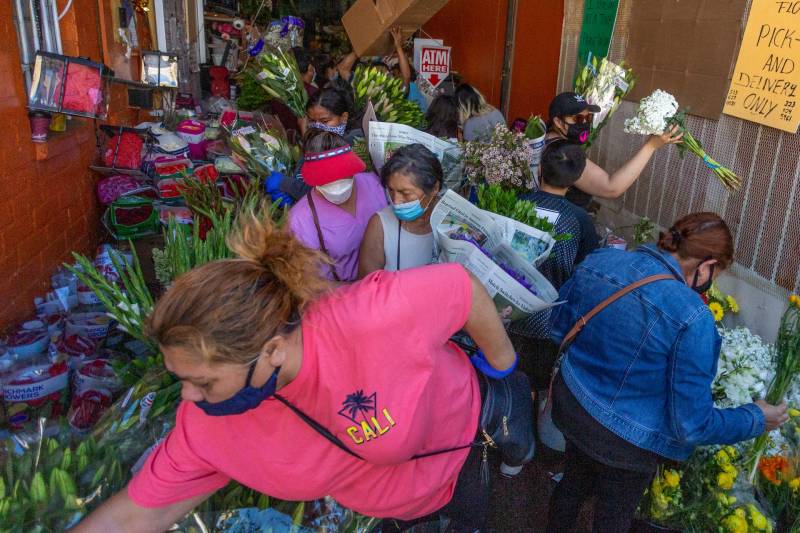As a sunny Memorial Day weekend approaches, many, including me, wonder what a pandemic summer looks like.
I can squash the longing to go to concerts and festivals. But what about a socially distanced, mask-wearing picnic with a neighbor? Or a stroll on the beach with a friend?
The official answer is still no.
“At this time, mixing of households is not permitted, so most socializing should still only occur virtually,” said Neetu Balrum, a spokesperson for the Alameda County Public Health Department.
Contra Costa County Health Officer Dr. Chris Farnitano, agreed.
“Gatherings outside of your household are a big risk for the spread of this virus,” he said “We still don’t know yet when we will be able to encourage people to get together with people outside of their households.”
Public health officials in San Francisco, Solano and San Mateo counties provided a similar response.
Stir Crazy, and Lonely
Even though officials aren’t budging, increased movement on the streets reflects changing sentiment among residents. My Oakland neighborhood, for instance, is starting to hum with the return of vehicles, and a KQED analysis of traffic over the last five weeks found a big increase in miles traveled since April. Meanwhile, neighborhood parks are filled with clusters of people sprawling on picnic blankets.
“Quarantine Fatigue is Real” — that’s the name of an Atlantic article byJulia Marcus, professor of population medicine at Harvard Medical School. She argues that refraining from social contact is unsustainable and could lead to negative consequences.
“I’m talking about those who are experiencing the profound burden of extreme physical and social distancing,” she wrote. “In addition to the economic hardship it causes, isolation can severely damage psychological well-being, especially for people who were already depressed or anxious before the crisis started.”
Asking Americans to abstain from nearly all in-person social contact will not work any better than abstinence-only messaging does for the discouragement of sex, Marcus says. She suggests that officials offer nuanced directives to reduce risk rather than try to eliminate it.
“What Americans need now is a manual on how to have a life in a pandemic,” wrote Marcus. If they don’t, she says, we will need to figure it out on our own.
California state Sen. Scott Weiner agrees with this approach.

“People are going to start seeing their friends,” Wiener said. “And we have to acknowledge that that is the reality of human existence, and we can’t pretend otherwise. I think it is important in the near future for the state and for Bay Area officials to start giving more precise guidance about how you reduce risk.”
